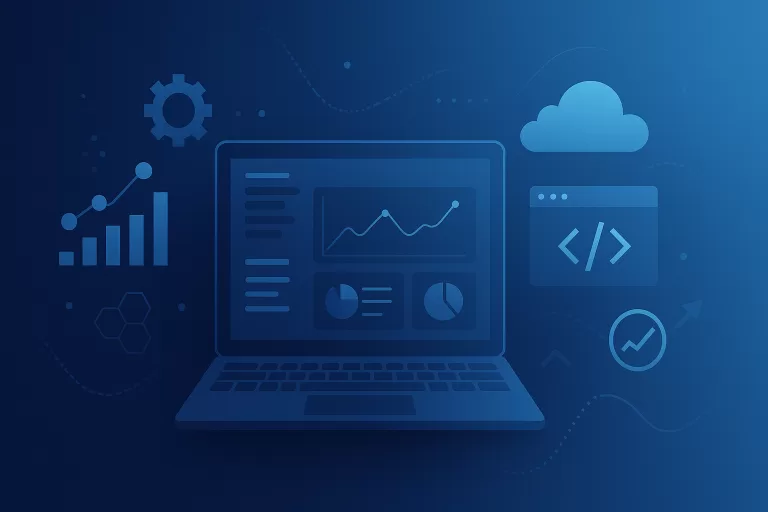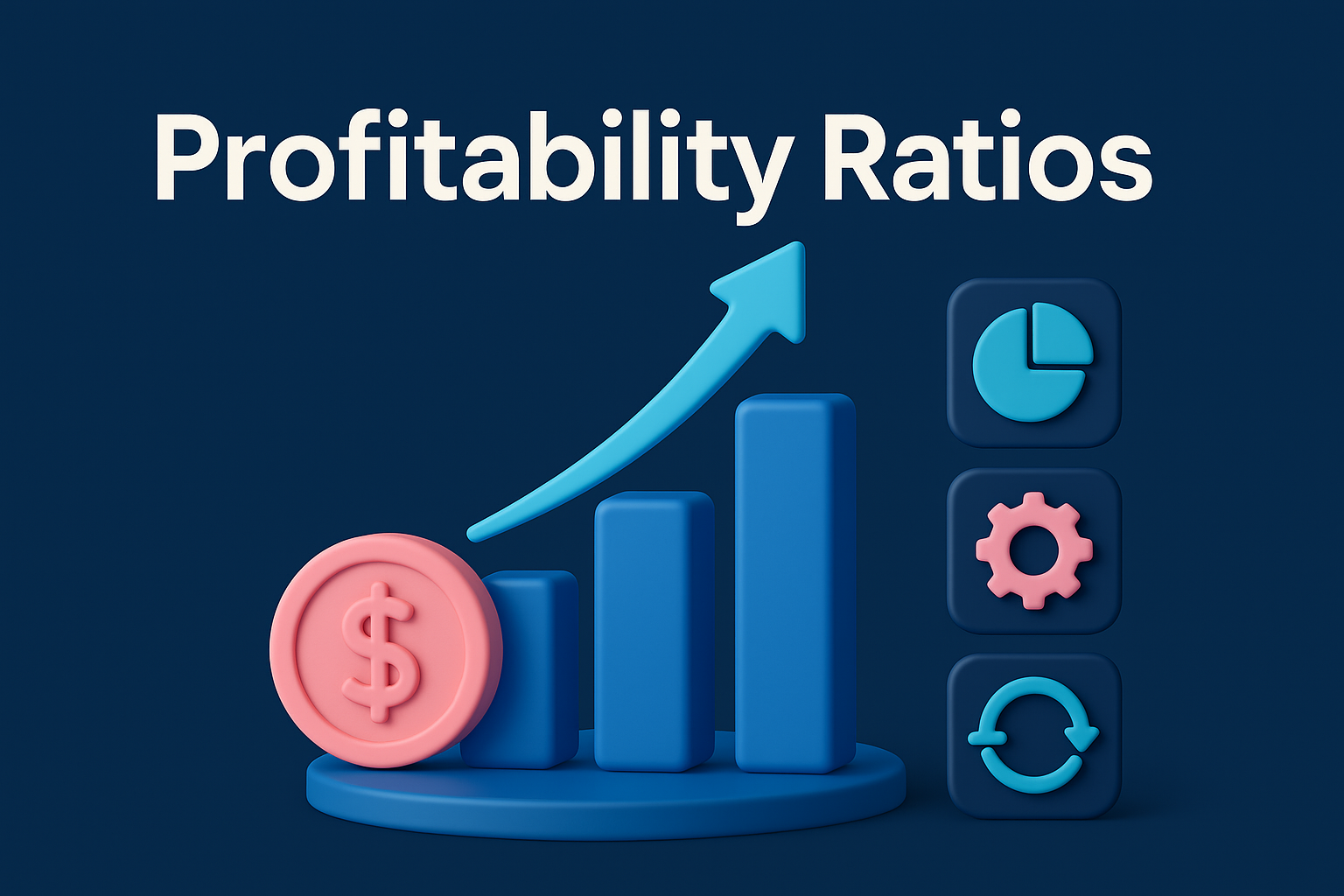Introduction: A Journey Beyond Code
In the early days of the web, development was a craft of raw HTML, blinking links, and tables within tables. It was a wild, unexplored frontier where developers were pioneers. But today, web development is undergoing a transformation so profound, it’s not just about how we code — it’s about how we think, design, and interact with the digital universe.
This is not just another article listing technologies. It’s a guided journey into the future of web development, based on deep research and real global trends. Whether you’re a developer, designer, or business leader, this story will show you what’s coming and how to get ready.
1. The Rise of Web3: Decentralization and Digital Ownership
Web3 isn’t just a buzzword — it’s a movement. It’s about rebuilding the internet around decentralization, blockchain, and user sovereignty.
-
Smart Contracts: Applications running on Ethereum or Solana that don’t need intermediaries.
-
Decentralized Apps (dApps): Web platforms where the backend is a blockchain.
-
NFTs & Digital Identity: Redefining ownership, access, and digital presence.
Companies that understand Web3 now will lead in digital trust and innovation tomorrow.
2. Artificial Intelligence as Your Co-Developer
AI is no longer a tool — it’s your partner.
-
AI-Powered Code Completion: GitHub Copilot and similar tools suggest whole functions.
-
Generative Design: AI builds layouts, UX flows, and even writes content.
-
AI in Testing & Debugging: Spot bugs before they reach users.
Tomorrow’s websites will not only be built with AI — they will be powered by AI in how they adapt to users in real-time.
3. Progressive Web Apps (PWAs): Native Power, Web Simplicity
PWAs are replacing traditional mobile apps. Why?
-
Fast Loading and Offline Access
-
Push Notifications like native apps
-
Installable from the browser — no app store needed
They provide an app-like experience with the reach of the web. PWAs are essential for brands aiming to scale in the mobile-first world.
4. Voice & Natural Language Interfaces
Search is changing. Interaction is changing. Users talk, not type.
-
Voice Search Optimization is now a must for SEO.
-
Conversational UIs (chatbots, voice assistants) are mainstream.
-
Multimodal interfaces allow switching between text, voice, and gestures.
Web development is expanding beyond screens to ears and voices.
5. No-Code & Low-Code Platforms
Democratizing development.
-
Platforms like Bubble, Webflow, and OutSystems allow non-developers to build real apps.
-
Developers now focus on logic and architecture, not boilerplate code.
In the future, your marketing team might launch an entire campaign — with interactive landing pages — without writing a line of code.
6. Cybersecurity-First Development
With rising digital threats, security can’t be an afterthought.
-
Zero Trust Architecture
-
Secure-by-Design principles
-
Web3 security audits for smart contracts
Your future website must protect user data like a bank protects money.
7. Sustainable Web Design
Yes, websites use energy. And yes, green development is here.
-
Dark modes save battery.
-
Optimized media reduces load and power usage.
-
Green hosting uses renewable energy.
Sustainability is becoming a core feature — not just an add-on.
8. Adaptive & Responsive Design But Smarter
It’s not just about screen size anymore. It’s about contextual UI:
-
Does the user have poor internet? Load a lighter version.
-
Is the user in dark light? Shift the theme.
-
Are they using assistive tech? Enhance accessibility.
Tomorrow’s interfaces will be deeply empathetic.
9. Real-Time Collaboration & Microservices
Big monolithic platforms are giving way to microservices and real-time systems.
-
Live collaboration in documents, dashboards, and whiteboards is now expected.
-
API-first development allows flexibility and speed.
-
WebSockets and Server-Sent Events power live dashboards and chats.
Web development is becoming more modular and dynamic.
10. Quantum Computing (Future Frontier)
We’re still years away from mainstream quantum web development, but:
-
Quantum-resistant encryption is already being considered.
-
Data transmission over quantum networks is being tested.
Staying aware today keeps you ready for tomorrow.
Conclusion: The Developer as a Digital Architect
The future of web development isn’t about a single framework or language. It’s about:
-
Thinking holistically.
-
Designing inclusively.
-
Building resiliently.
-
Innovating responsibly.
As the web transforms from screens to environments, from code to intelligence, from static pages to intelligent ecosystems, the developer’s role becomes more strategic, more creative, and more human.
Whether you’re ready or not, the future is now shaping itself. The question is:
Will you shape it — or be shaped by it?





